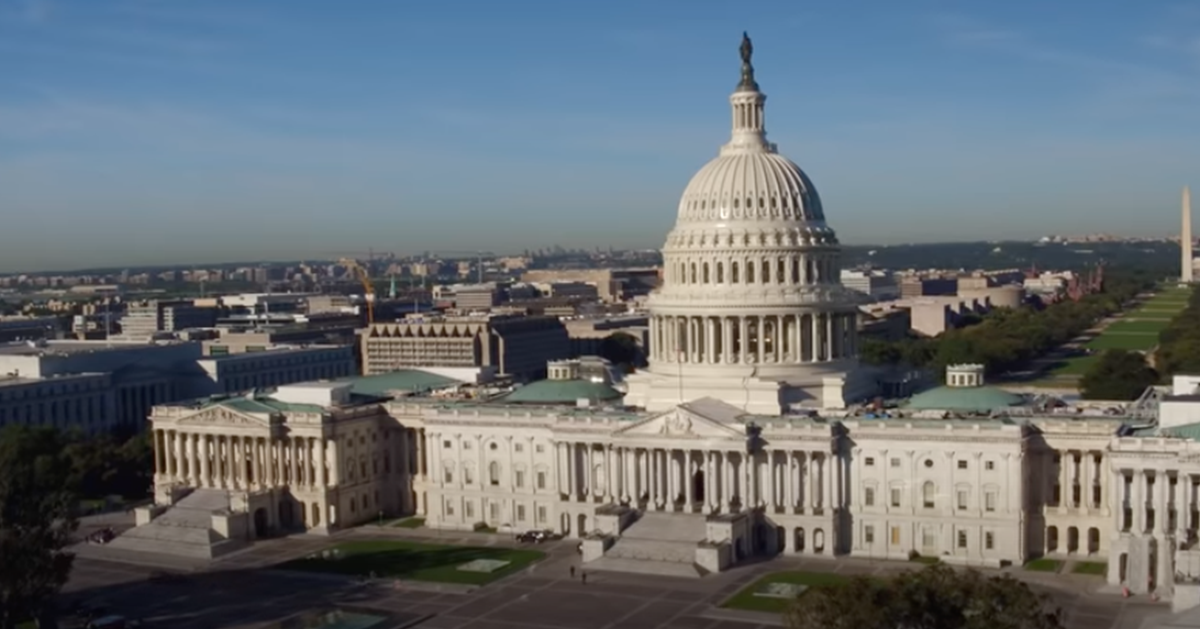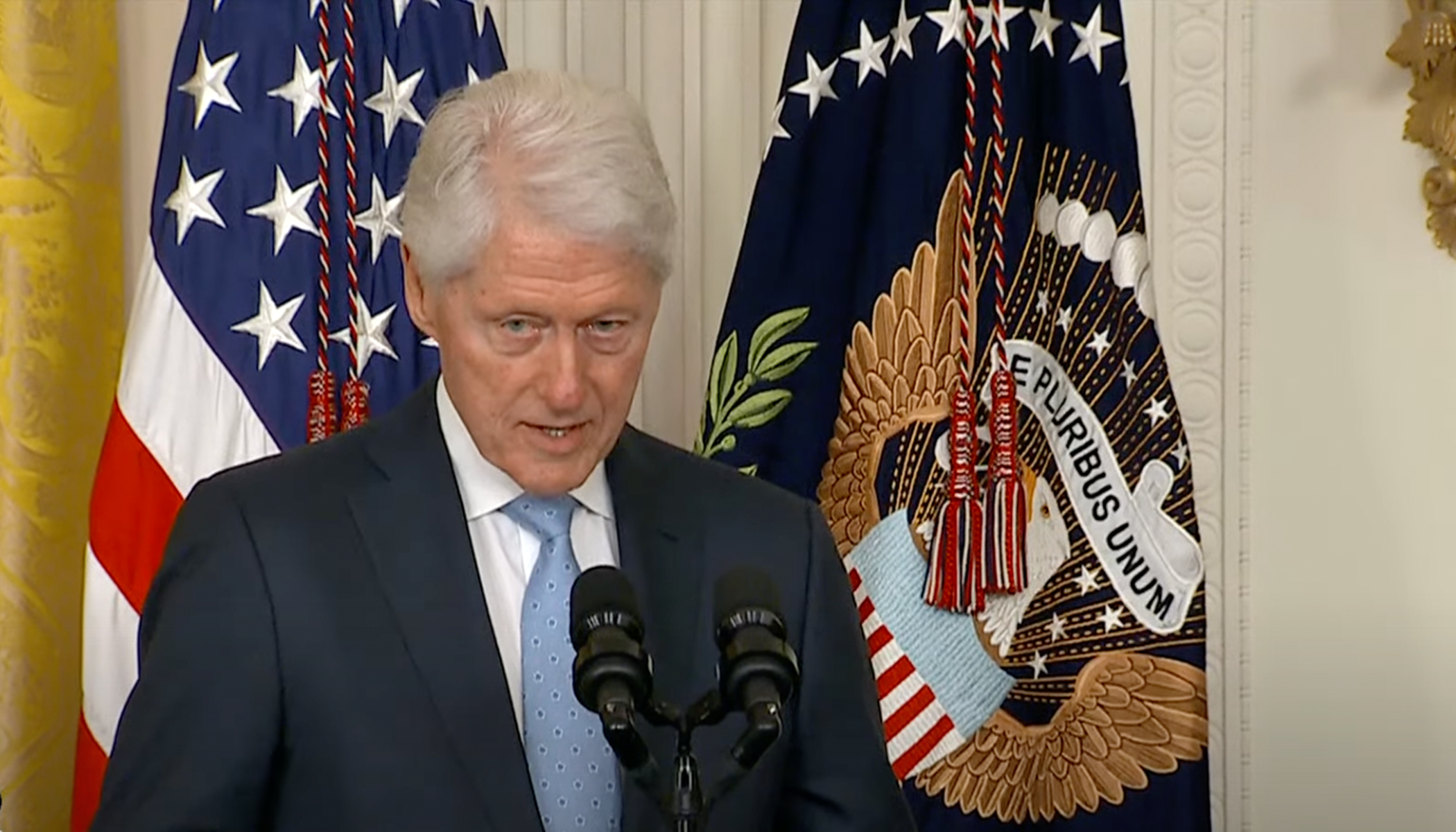Walz’s $2.3B Education Bill Fails to Boost MN Test Scores
In 2023, Minnesota Gov. Tim Walz signed a $2.3 billion educational spending bill, marking the largest education investment in the state’s history, and the measure, which was designed to address gaps in literacy and improve school programs, introduced several new initiatives, including requirements for ethnic studies curriculums and increased funding for pre-kindergarten education.
However, Walz's massive influx of funding has failed to bring about a concomitant increase in test scores across the state, as the Daily Caller reports.
The funding package dubbed the “Minnesota Miracle 2.0” by Walz, referenced historic school finance reforms from the 1970s.
The governor’s administration promoted the investment as a necessary step to improve child literacy and student achievement across the state’s public school system, but the results have been far from definitive.
Test Scores Remain Stagnant Despite Historic Funding
Despite this unprecedented investment, recent data shows that Minnesota students have not reaped the expected benefits. In fact, test scores remain concerningly low, with half of the state’s students failing to meet grade-level standards in reading and math. As of 2024, only 50% of students are proficient in reading, and just 45% meet the state’s math standards.
The trend represents a significant decline from when Walz first took office in 2019. At that time, 60% of students met reading benchmarks, while 55% were proficient in math. This drop in performance follows a pattern seen across the nation due to the impact of the COVID-19 pandemic, although Minnesota’s decline has been more pronounced.
Minnesota Falls Behind National Performance Levels
Minnesota’s performance relative to the national average has also deteriorated. In 2015 and 2017, the state’s fourth-grade math scores were 10 points above the national average. By 2022, that lead had shrunk to just 4 points.
While pandemic-related disruptions have negatively impacted student achievement nationwide, Minnesota’s sharp decline stands out. Many have questioned whether the substantial financial investments made by the Walz administration have been effective in addressing these issues, given the lack of measurable improvement in test scores.
Education Bill Introduces Ethnic Studies Requirements
In addition to addressing literacy, the 2023 education bill also mandated that school districts create ethnic studies programs. First-grade students are now required to learn about ethnicity, equality, and systems of power. At the high school level, students are tasked with developing a critical understanding of “racial capitalism” and “anti-Blackness” while examining dominant European beauty standards.
These new requirements were part of a broader effort to make Minnesota’s education system more inclusive and reflective of diverse perspectives. However, the focus on ethnic studies has sparked debate, with critics questioning whether these changes are aligned with the state’s broader academic goals.
Financial Shortfalls Hamper School Districts
Despite the large infusion of funding, many school districts in Minnesota are still facing significant financial challenges. For example, the Minneapolis Public Schools system is projecting a $116 million budget deficit. This has raised concerns about how effectively the funds from the $2.3 billion package are being allocated.
Much of the money from the bill went directly to school districts, with the intent of allowing local leaders to address their specific needs. However, these financial shortfalls indicate that even with the new funding, many schools are struggling to cover operational costs, let alone improve academic outcomes.
Walz Stands by His Education Reform
Walz has continued to defend the 2023 education bill and the broader push to reform Minnesota’s schools. He has emphasized that the investment will take time to fully realize its impact. According to the Minnesota Department of Education, the funding will positively affect students “for many years to come” once fully implemented.
Nevertheless, critics argue that the immediate results have been disappointing, particularly given the scale of the financial commitment. The stagnation of test scores and the growing financial struggles faced by school districts have led some to question whether the “Minnesota Miracle 2.0” is delivering on its promises.
Looking Ahead: Future Challenges for Minnesota's Schools
As the state looks ahead to the next school year, Minnesota’s public education system faces several pressing challenges. School districts will need to address both financial shortfalls and persistent academic underperformance.
Policymakers are likely to face continued scrutiny over how the billions of dollars in new funding are being spent and whether those funds are producing measurable improvements in student outcomes.
For now, Minnesota remains in a precarious position. The state’s education system, once seen as a national leader, has experienced significant setbacks in recent years.
As test scores continue to lag, the pressure is on for state leaders to deliver results that justify the historic investment in education.





